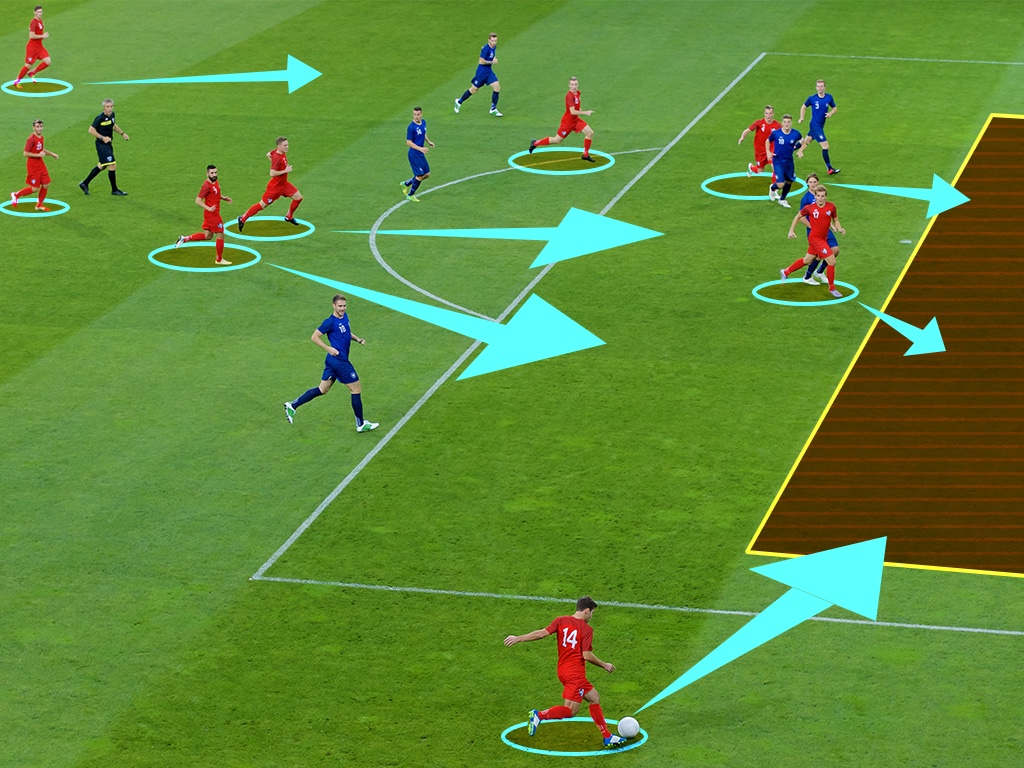
Sports analytics
Sports and e-sports industries can make use of computer vision to collect data, detect and classify every action that happens in games. This gives valuable information for strategic planning and helps to make in-game decisions
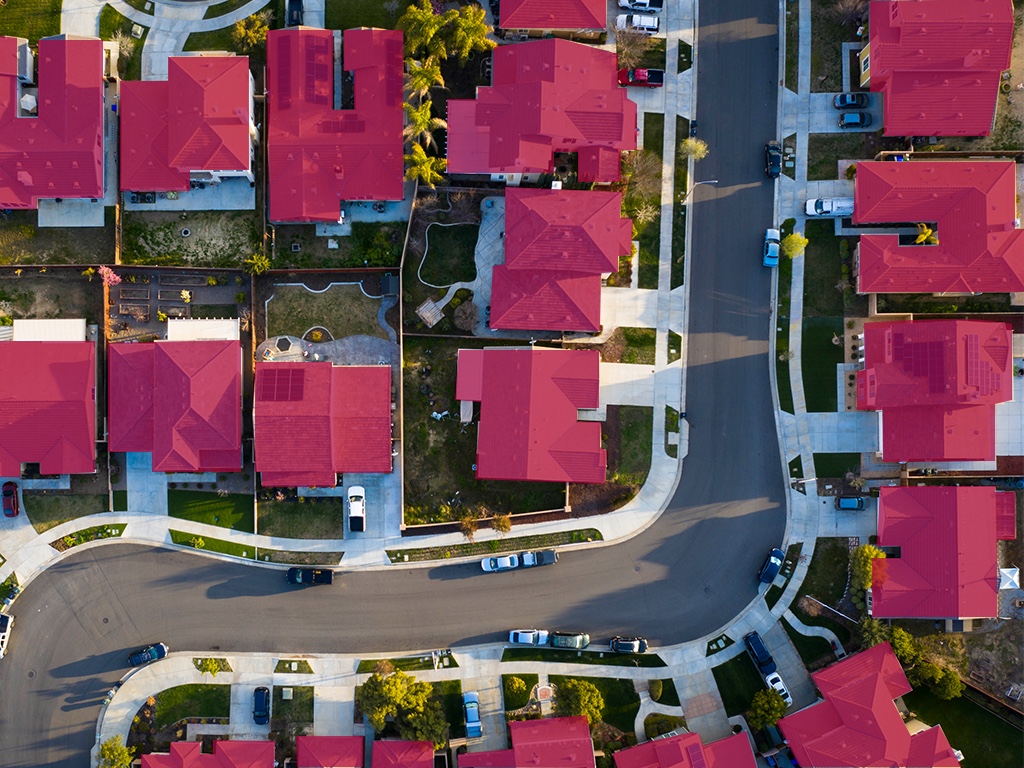
Architectural and Urban planning
Detecting buildings, roads for infrastructure planning, or other activities, where up‐to‐date facts about landscape status and change are important
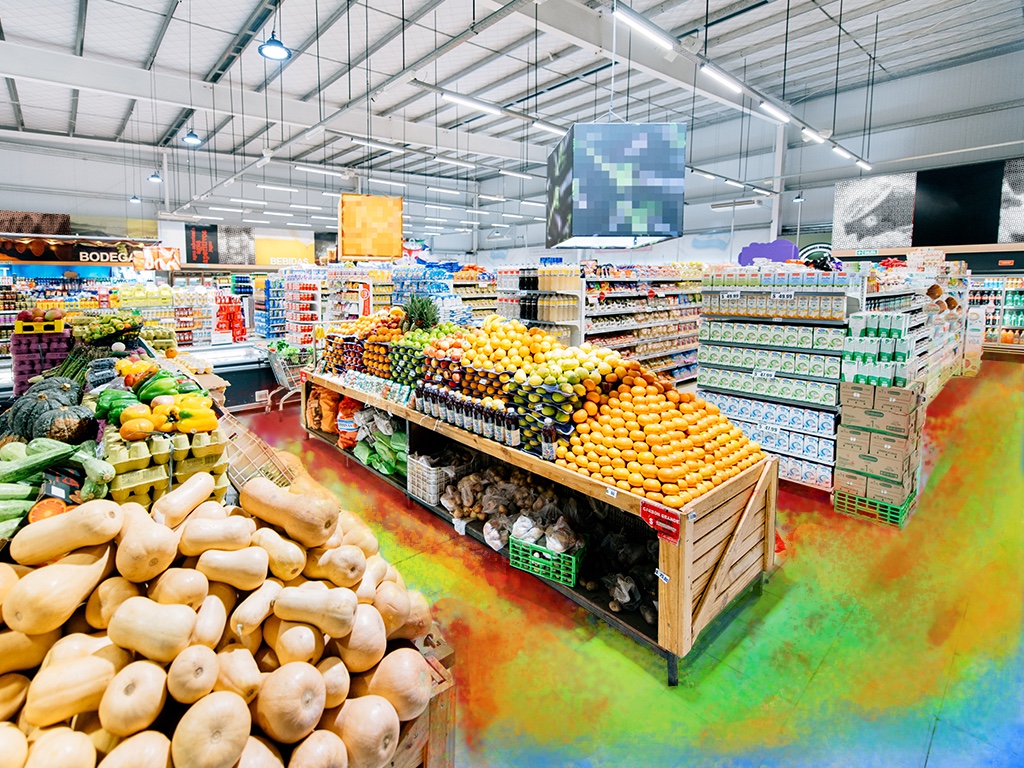
In-store analytics
Object detection can be used for people counting, analyzing store performance, or crowd statistics. We can also detect other objects to help visualize the customer's engagement, for example, detect and count people who carry shopping bags.
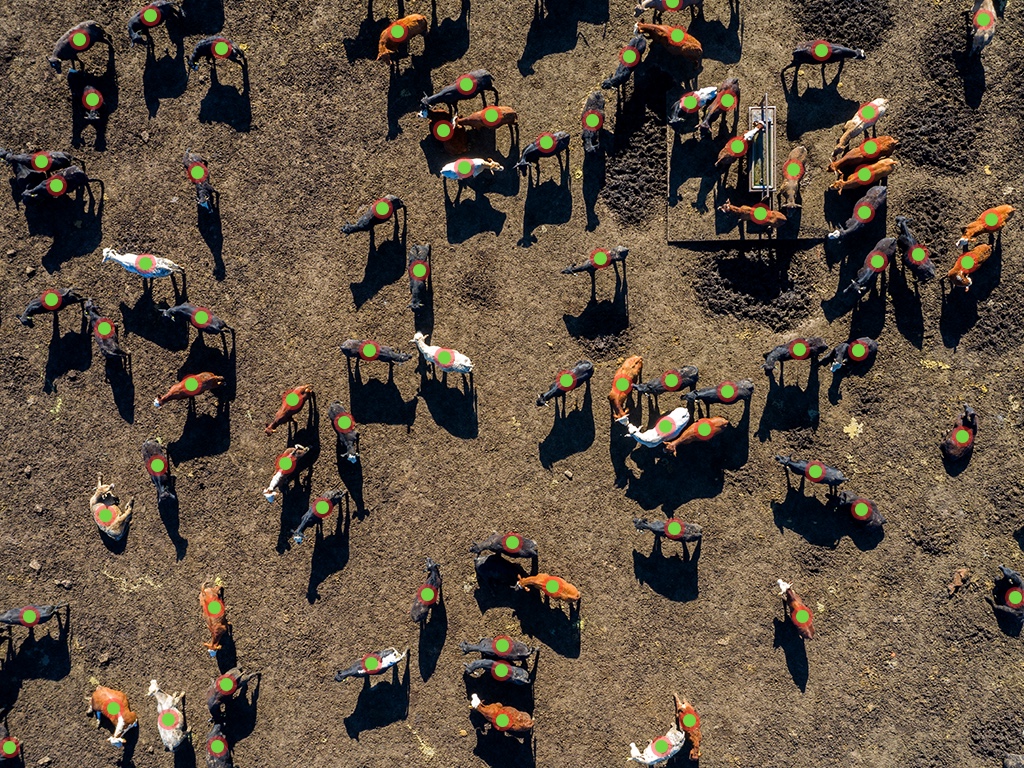
Livestock tracking
Object detection, image segmentation along with developments in sensor technology will make available increasing amounts of information relevant to monitoring animals and their environment, and hence their production, growth, and health.

Plant Diseases
Detection of plant disease is beneficial as it reduces a large work of monitoring in big farms of crops. It detects the symptoms of diseases means when they appear on plant leaves.
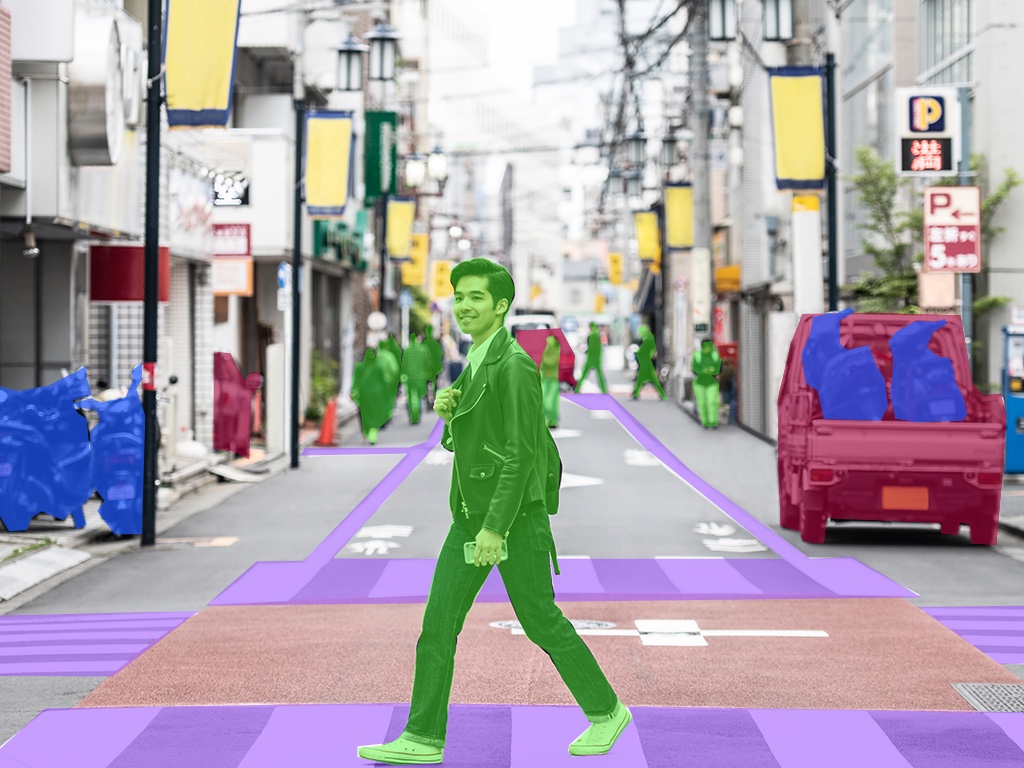
Autonomous Vehicles
Autonomous vehicles heavily depend on computer vision along with 3D sensors to sense the environments by detecting and classifying objects in real-time, then perform actions based on the detection results.

Quality Control
Defect Inspection can be costly using the human workforce. It's also inefficient, in a number of cases, especially when the defects are invisible to the human eye. Moving to automated optical inspection provides early error detection and help ensure the high quality of the items.